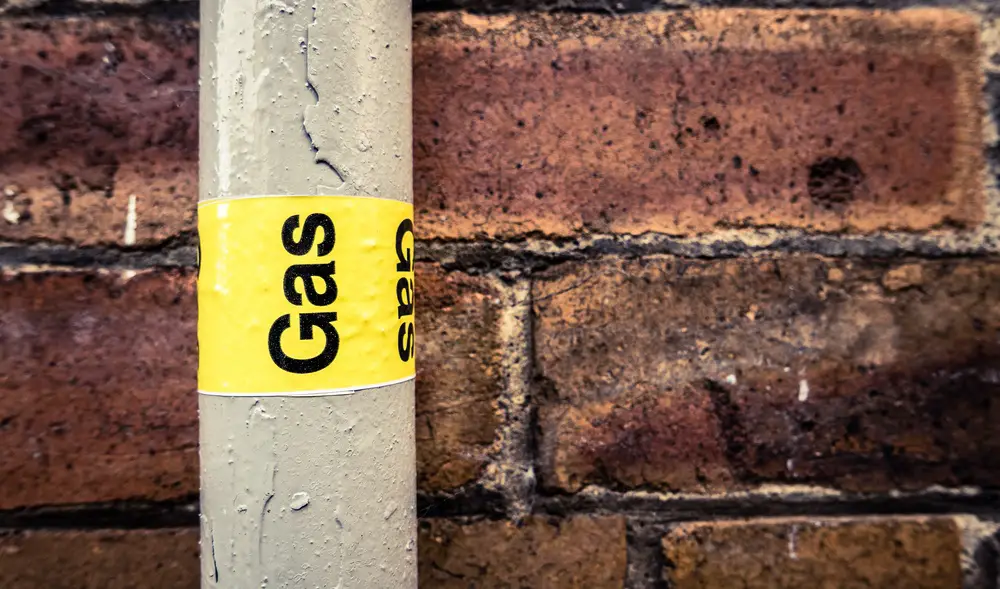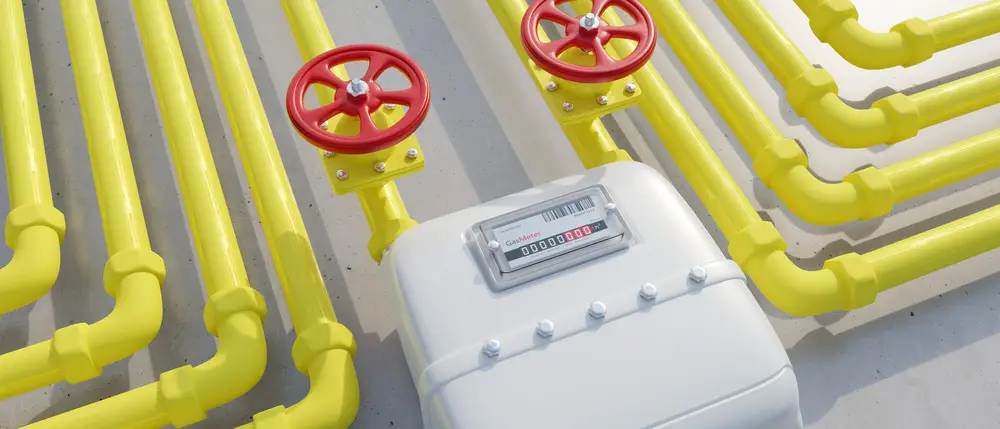
Gas line problems are an essential part of house maintenance that you should take care of for efficiency and safety. In addition to these risks, a malfunctioning gas line might raise utility bills. In this in-depth guide, we’ll lead you through the home gas line repair procedure, offering insightful analysis and helpful hints to ensure a smooth and safe resolution for your property. Knowing how to fix things on your own or considering getting help from a professional is crucial.
Understanding the Signs of Gas Line Issues
Identifying potential gas line issues is critical before beginning the home gas line repair process. Pay attention to the following signs:
Unusual Odors
Gas leaks can smell strongly of rotten eggs. When you detect this odor, leave your house and contact your gas utility provider.
Hissing Sounds
Leaks in your gas line or near appliances might produce a hissing sound, often caused by issues like rusty gas lines. If you detect this, it’s crucial to leave your house immediately and seek assistance from a professional.
Dead Plants
Dead or discolored plants may indicate a gas leak if vegetation is close to your gas line. Natural gas can damage vegetation.
Increased Gas Bills
There may be a gas leak if your gas costs suddenly climb without an increase in gas use.
Pilot Light Issues
If they go out repeatedly, your gas appliances’ pilot lights may indicate a gas line issue.
Step-by-Step Guide to Safe Home Gas Line Repair

Step 1: Safety First
When addressing problems with gas lines, safety comes first. Prioritize your health and immediately switch off your home’s main gas supply if you suspect a gas leak. Leave the area and contact emergency authorities and your gas utility provider directly. If you think there may be a leak, never attempt repairs. Take extra precautions and get expert help if there aren’t any obvious leak symptoms, but you still need clarification about the problem. Keep in mind that protecting your house and the safety of everyone within requires acting quickly and cautiously at this point.
Step 2: Assessment
After putting safety precautions in place, a detailed assessment of the gas line condition is an essential next step. Determine the location and scope of the gas line problem first. Look for noticeable wear, corrosion, or damage along the whole length of the line. Watch for strange smells or hissing noises that might point to a leak. The intricacy of gas line issues varies, and a thorough evaluation is the first step in developing a successful home gas line repair plan.
Step 3: DIY Repairs
Do-it-yourself repairs can be an economical and effective way to fix minor gas line problems that don’t present an urgent risk. First, use water and a light detergent to clean the afflicted area gently. After cleaning, carefully adhere to the product’s instructions while applying a gas line repair tape or sealant. These specialist products are intended to close small leaks and prevent further damage by forming an airtight and secure seal. Remember that do-it-yourself fixes are best suited for modest, controllable problems such as small leaks or cracks. Stop any do-it-yourself projects and get advice from a qualified professional if there is significant damage or uncertainty about the problem’s seriousness.
Step 4: Calling in the Professionals
It is crucial to entrust the repair process to qualified personnel when dealing with complicated or significant gas line difficulties. Skilled gas line technicians have the knowledge and experience to identify and solve issues quickly and securely. Their specific expertise enables a comprehensive examination, ensuring that all possible problems are found and addressed. Additionally, experts have access to cutting-edge tools that allow for accurate leak detection and thorough gas system inspection. By bringing in professionals, you can assure your family’s safety and a dependable, long-term solution that complies with safety guidelines and standards. For complex home gas line repairs, you should always prioritize expert help to protect your family and your house.
Step 5: Testing
Extensive testing must be conducted when the repairs are finished to ensure the security and reliability of the gas system. Experts utilize specialized equipment to detect any leaks and ensure the gas pipes operate at their best. The system is pressurized during this painstaking testing step to verify the repairs’ effectiveness. DIY repairs should also be followed by a careful testing process, utilizing a gas leak detection solution to confirm that the issue has been adequately addressed. Testing is the final step in the gas line repair process, providing peace of mind and assurance that your home’s gas system is operating efficiently and, most importantly, safely.
Securing Your Home: Gas Line Repair and Safety Assurance
Fixing your home’s gas lines is essential to maintaining efficiency and safety. You can quickly fix problems by knowing the warning signs of gas line difficulties and following a systematic repair procedure. While minor issues can be solved independently, putting safety first and getting a professional for more complicated challenges is essential. Consistent upkeep and attentiveness will enhance the gas system’s durability in your house. When in doubt, get advice from qualified experts to ensure the security of your home and the people you care about.
Our top priorities with On Point Plumbing DFW are your comfort and safety. Our knowledgeable gas line professionals in Bedford expertly complete every stage of gas line repair. From quick and accurate evaluations to skilled do-it-yourself fixes, we bring in our certified experts for complex problems where necessary. We use state-of-the-art technology for comprehensive testing, ensuring a thorough inspection of the integrity of your gas system. We promise to supply dependable, long-lasting solutions while upholding safety regulations.
For thorough gas line services that provide peace of mind and a dedication to perfection in every repair, rely on On Point Plumbing DFW. Our top goal is to keep you safe.
